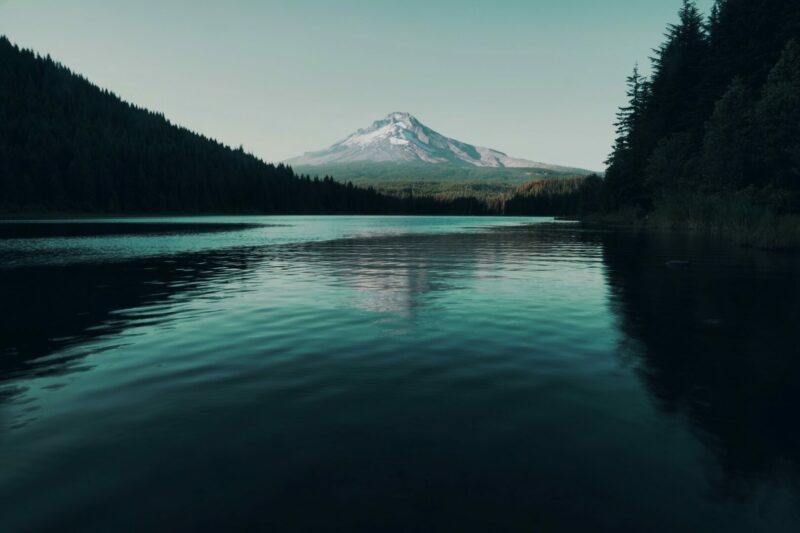Table of Contents Show
If you’ve been camping in Oregon, you know the treasure that the state is. Where else can you find mountains and waterfalls galore, with vast ocean scenery, large cities, and all the outdoor adventures your mind can think up? But have you limited yourself while camping in Oregon, missing out on some of its best offerings?
Let’s tackle some of the biggest mistakes people make while camping in Oregon. Let’s dive in!
Why Oregon’s Great Outdoors Are Amazing
With 11 national forests, over 250 state parks, and over 360 miles of coastline, you’re sure to find hundreds of acres of outdoor fun in Oregon. We want to make sure you get to enjoy it to its fullest. Here are our best tips on what to do to help you do just that.
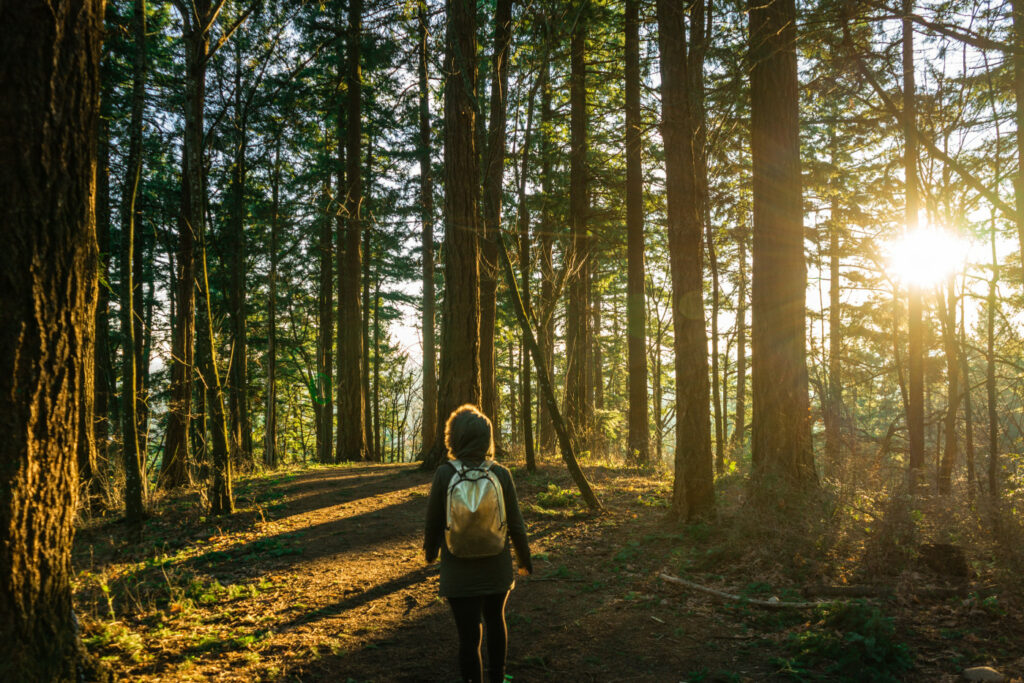
10 Mistakes People Make While Camping in Oregon
We’re covering some of the biggest mistakes campers make while going to Oregon from where to camp, what to do, and what to wear.
1. Going Around the State Parks
If you go to Oregon without visiting one of the 254 state parks, you’ve missed out. You’ll have a park nearly everywhere you travel. Oregon ranks in the top five for most daytime visitors and most campers in their state parks, hosting over 51 million daytime visitors.
The Oregon State Parks system also runs the Ocean Shore State Recreation Area. This area offers countless hours of tide pooling, sandcastle-making, and beach driving.
Be sure to visit Oregon’s largest park, Silver Falls State Park, southeast of Salem. Famous for its 10 waterfalls, be sure to check out the park’s most visited 177-foot South Falls.
If you’re looking for climbing, visit Smith Rock State Park to see its many cliffs and why it’s known as the country’s original home of rock climbing. Head to Umpqua Lighthouse State Park and see miles of sand dunes.
You can also visit Valley of the Rogue State Park, the most popular one in Oregon. Ecola State Park stretches from Cannon Beach to Seaside, is part of the Lewis and Clark National Historical Park, and is the location of several movies.
You might enjoy a trip to Heceta Head Lighthouse State Scenic Viewpoint. At this hidden gem, you’ll see the state’s strongest light on the coast. It’s so bright you can see it for 21 nautical miles.
Plus, you can hop over to the nearby Sea Lion Caves, the world’s largest sea caves. If you’d rather not pay admission, you can find some pretty incredible natural caves near the parking lot at Heceta Head.
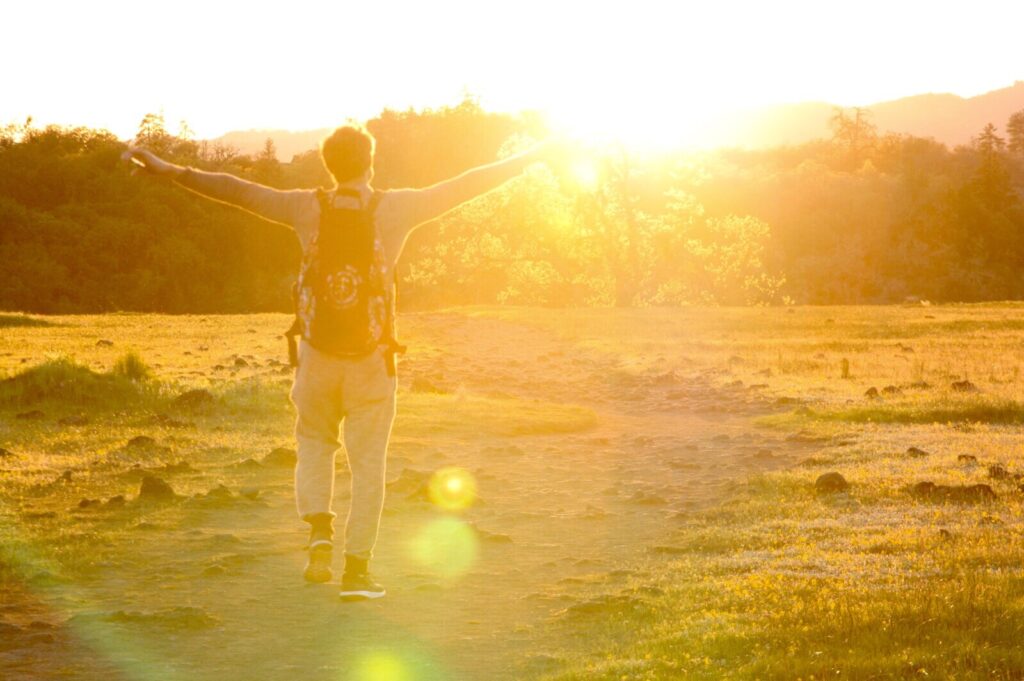
2. Missing Out on Free Camping
Don’t make the mistake of paying for campsites. Oregon has tons of public lands, many of which you can camp on for free. The National Forest and Bureau of Land Management land totals over 30 million acres in Oregon.
Called dispersed camping, you’ll rarely find designated campsites, amenities, reservations, or fees. If you’re ready to try dispersed camping, the Bureau of Land Management lists free camping options by geographical region, or you can head to Allstays or Campendium to find free camping spots.
Pro Tip: Don’t get stuck paying an arm and a leg for camping. We discovered how to Save Money By Free Camping and How to Find It.
3. Leaving a Trace
Pack out what you pack in — a simple principle that makes a difference in keeping the public lands clean and safe to use. Recently, two separate incidents have caused public lands to close for dispersed camping.
This past June, two Army Corp of Engineers campgrounds permanently closed for overnight camping due in part to accumulated trash and illegal dumping.
And, in 2020 the Oregon Department of Forestry banned dispersed camping to clean up the trash and human waste debris that became unsafe for people and the land.
Before you go out, research the Leave No Trace principles. Bury human waste at least six inches deep and at least 200-feet away from water, campsites, and trails. And, take out everything you brought in, including all trash.
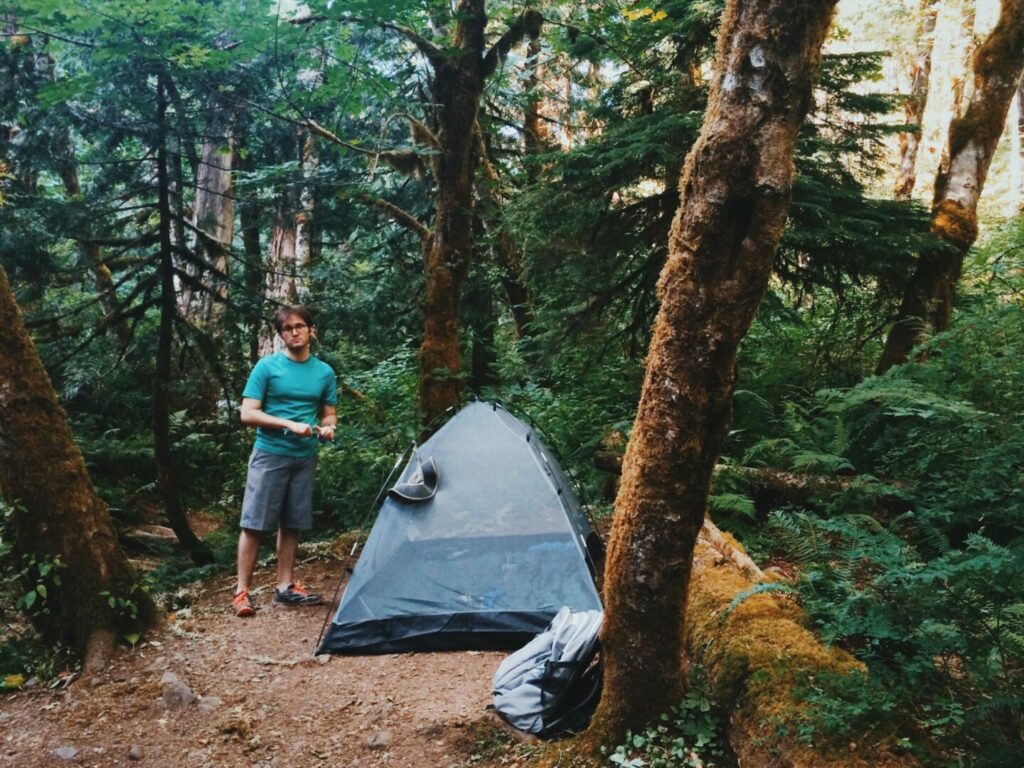
4. Skipping the Coast
Don’t make the mistake of missing the coast while camping in Oregon. This may become a highlight of your time in the state. From Astoria to Brookings, you’ll find lots of coastal towns with unique finds.
Stop in Newport to watch the infamous sea lions barking. And, of course, you’ll need to channel your inner Goonies in Astoria and visit Cannon Beach’s Haystack Rock. Hollywood aside, this is also a great location to go tide pooling to catch crabs and see sea anemones and starfish up close.
Oregon is one of only two states with free-use coastal areas for the public as a state recreation area, thanks to the Oregon Beach Bill. You’ll find many driveable beaches, including the Oregon Dunes National Recreation Area, stretching 40 miles up the southern portion of the coast. Aside from using this area for day use, you can camp on the sand at various spots for a fee.
5. Only Camping on the Coast
You may enjoy the coast best, but there’s a lot more to see. Actually, Oregon has many distinct and varied terrains and climates that you may want to experience.
Of course, you can’t visit Oregon without stopping in Portland to experience “Keep Portland Weird” for yourself. Some of our must-stops include Voodoo Doughnut and Powell’s Books, the largest independent bookstore in the world based. And, don’t forget about the International Rose Test Garden at Washington Park, where you’ll see — and smell — over 10,000 rose bushes.
Plus, you can visit other must-see cities, like Bend, Eugene, and the state capital of Salem. Mount Hood, the highest point in Oregon and part of the Cascade Mountains, is another sight to behold. Or visit the breathtaking and mysterious Crater Lake National Park, Multnomah Falls, and the Newberry National Volcanic Monument in Deschutes National Forest.
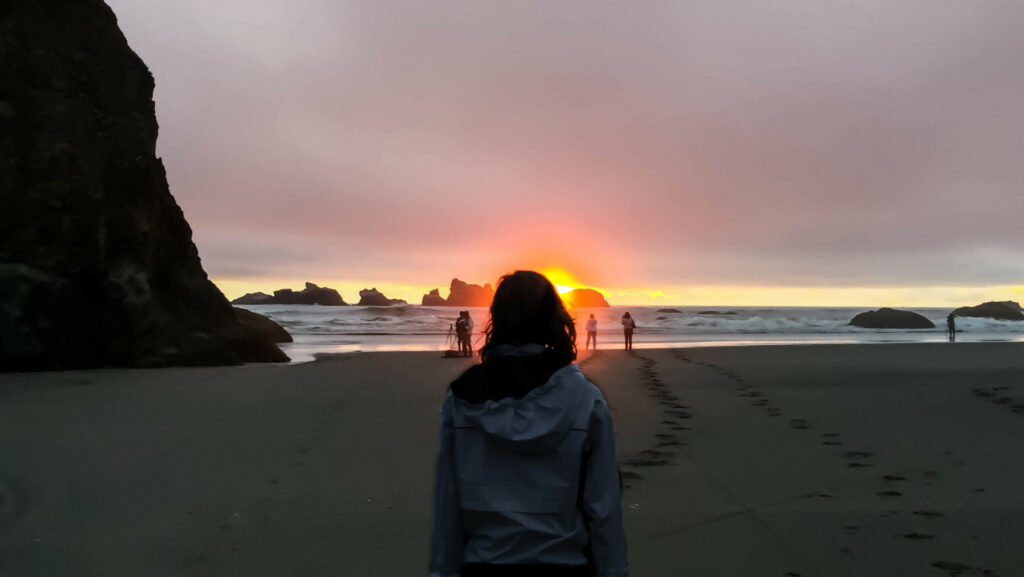
6. Dressing for Hot Temperatures
Remember how we said Oregon feels like many distinct lands? You get a mixed bag with the weather in Oregon. In fact, the state features six climate zones. Campers often make the mistake of underestimating the temperature.
You can find anything from a warm-summer Mediterranean climate in the western part of the state to a high desert climate in the eastern portion. The high desert is significantly drier, with warmer days and cooler nights.
Along the coast during the summer, temperatures range from highs in the 70s to 50s at night. In central Oregon, the cities have different temperatures based on their elevation and location compared to the mountains. But summers in Bend have highs averaging 85 and lows averaging 44 degrees.
Let’s just say you should dress in layers and be ready to experience both snow and shorts-weather on the same day, depending on where you go.

7. Not Hiking
With over 11,000 miles of trails, we think hiking is a must-do. After all, how else can you experience the mountains, ocean, and waterfalls up close?
Whether you want a serious hike or a family-friendly one, look no further than hikes at Mount Hood. Or climb South Sister, the third-tallest mountain in Oregon, if you feel brave and ready to conquer a tall trail with little experience.
To marvel at Oregon’s tallest waterfall, hike to Multnomah Falls. And to get the best views of Crater Lake, climb up the trail to Watchman Viewpoint, one of the more popular paths at the park.
You can take one of the several state park trails or hike parts of the Oregon Coast Trail. To plan your hiking expeditions, be sure to check out Oregon Hikers Field Guide and organize your hikes based on things like topography, difficulty, and region. Consider closed routes along the way due to weather issues or wildfires.
Pro Tip: When exploring Oregon make sure to check out these 7 Spectacular Thousand Trails Oregon Campgrounds You Need To See.
8. Failing to Make Reservations in Advance
In Oregon, summer is such a popular time that you’ll need to do some planning months in advance if you plan to camp during the peak season. You can book federal land and state parks up to six months in advance. Just know that they fill up quickly.
Reservations for state parks open every day at 6 a.m. For privately-owned campgrounds, use apps like Campendium or Allstays to find options, and be ready to make lots of phone calls to figure out availability.
The more flexible dates, the better chance you’ll have at nabbing a spot. And speaking about nabbing, look into Campnab if there’s a campground you desperately want to get into on a specific date; it can scan campgrounds and grab a spot for you.
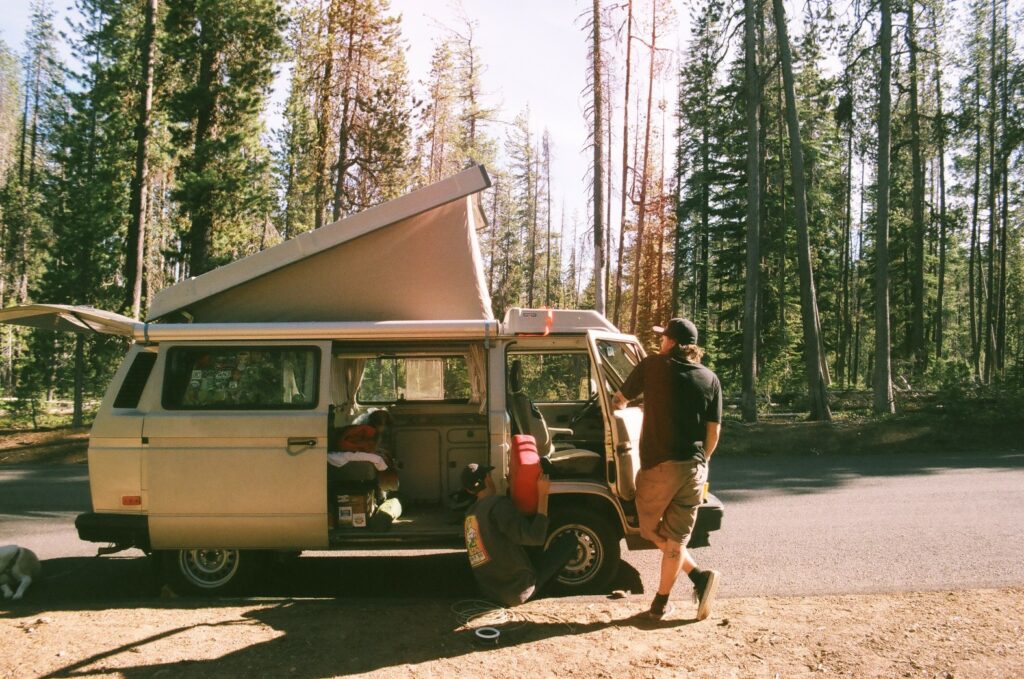
9. Only Camping in the Summer
Let’s talk about the other three seasons that are often left out when planning vacations to Oregon. Campers miss out if they only camp in the summer. Spring, fall, and winter have plenty to offer too.
In the spring, you’ll witness eye-catching sights like bursts of cherry blossom and wildflowers all over. Watch whales pass by the coast during their migration to Alaska. See waterfalls rushing with melting snow. And stand in awe at the 40 acres of tulips at the Wooden Shoe Tulip Fest just outside of Portland.
See beautiful colors in the fall. The Mount Hood area or the Gorge offers some of the best spots to view the orange and red beauty. If you visit the coastal rivers and streams, you’ll find salmon spawning beginning in September.
Many people enjoy winter sports in Oregon. Deschutes County is a hot spot for winter outdoor activity with snow bike trails in Bend and dog sledding, skiing, and snowboarding at Mount Bachelor.
Crater Lake gets over 500 inches of snow each year, making it one of the snowiest places in the United States. Near Portland, head to Mount Hood, where it gets up to 429 inches of snow per year. Enjoy tubing, snowshoeing, and cross-country skiing, or even try your hand at winter camping.
10. Not Planning Excursions
There’s plenty of outdoor events to do solo, but what better way to experience Oregon than to have a guide show you the ins and outs of the state. Since we just talked about Crater Lake in the winter, we’ll start there. You can go on a guided snowshoeing walk hosted by a National Park Service ranger.
Book a kayak trip on Cascade Lake or a whale-watching tour along the coast if you prefer warmer temperatures. Or, take an Oregon Coast Scenic Railroad ride on a steam train. You can also follow a guide on a tour of Multnomah Falls and the Columbia River Gorge.
For the thrill-seeker, choose a whitewater rafting adventure on the Deschutes River or a guided mountain-climbing adventure. If you’d rather eat and drink your way through the state, hit up a brewery bike tour, a dinner cruise through Portland, or a winery tour of the Willamette Valley. Or, maybe an underground donut tour in Portland is more your flavor.
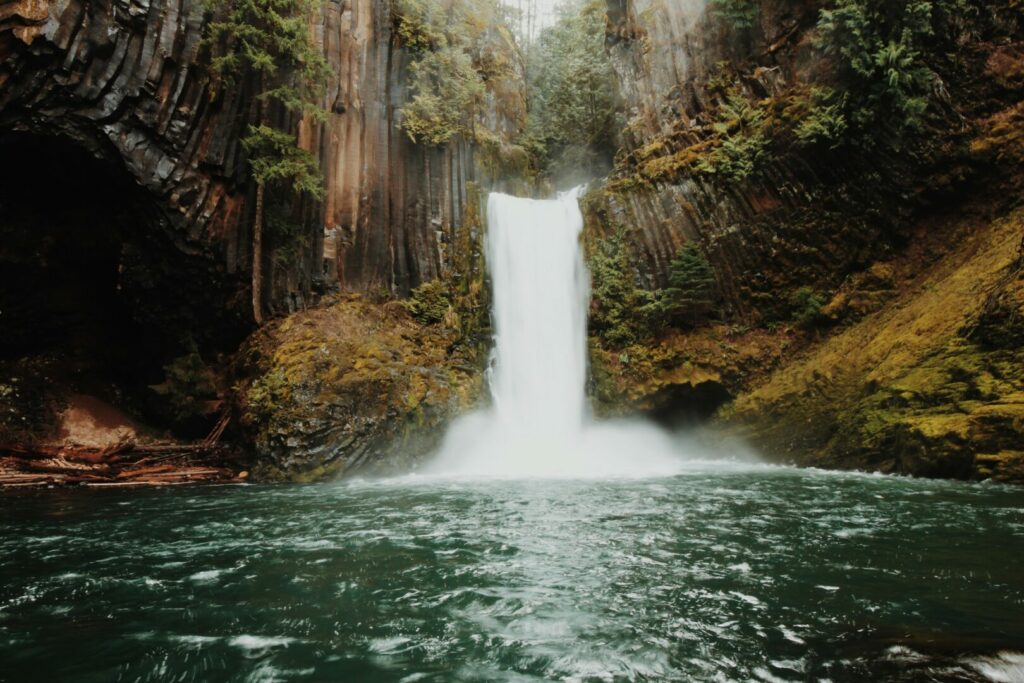
Plan Your Oregon Camping Trip
Oregon shines no matter the season or part of the state you visit. If you love the outdoors, its beauty, and the adventure it offers, Oregon is a state we think you’ll love.
We hope this list of tips comes in handy the next time you go camping in Oregon. What are your must-see recommendations for Oregon?




